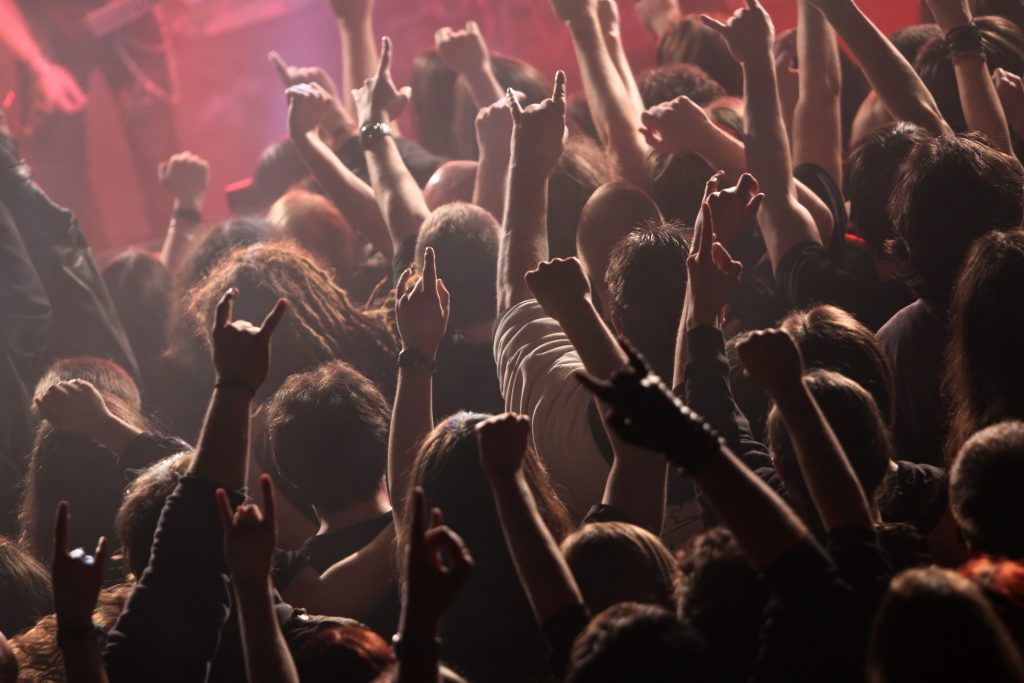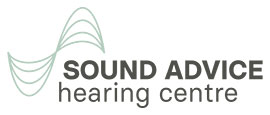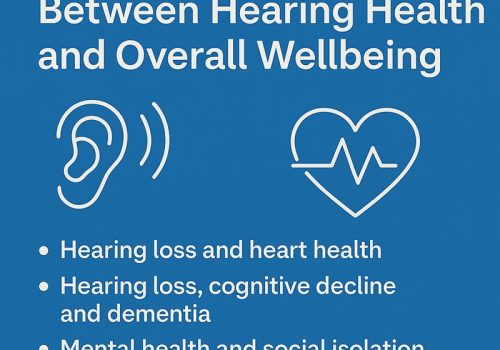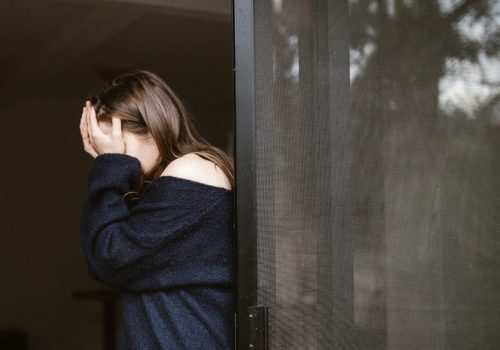Noise and the associated risks

Share this post:
The World Health Organization (WHO) says more than 1 billion teenagers and young adults risk losing their hearing by listening to loud music. To mark International Ear Care Day (which was on March 3), the U.N. agency urged young people to turn down the volume to prevent irreversible damage to their hearing.
…“When this exposure is particularly loud, prolonged or habitual, the sensory cells are damaged permanently leading to irreversible hearing loss,”
Studies in middle-and high-income countries show nearly 50 percent of teenagers and young adults aged 12 to 35 years are exposed to unsafe levels of sound from personal audio devices, and around 40 percent are exposed to potentially damaging levels of sound at concerts, nightclubs etc.
If a person takes a subway to go from one place to the other for half an hour in the morning and a half an hour in the evening, and every day has to turn up the volume on his device because there is so much of noise of the train and everything around, and is listening to — let us say 100 decibels for one hour every day, their hearing is going to get irreversibly damaged in a few years, in a couple of years time for sure.
Who says unsafe levels of sound vary. It can mean noise levels of 85 decibels for eight hours a day or 100 decibels for 15 minutes.
Basically as the intensity of sound increases by three decibels, safe listening time goes down by half.
Young people who wear earplugs during concerts can feel as much of a rush from the music at 90 decibels as they can at 110 decibels.
The fact that earplugs may look uncool may be true today, but if there is a change in behavior that may not necessarily be true in the future and wearing earplugs may actually be cool rather than not,
The World Health Organization advises young people to keep the volume down on personal audio devices and limiting use to less than one hour a day.
https://soundadvicehearing.co.uk/shooting-noise-protection/
Need help with your hearing? Choose your nearest centre and book an appointment: https://soundadvicehearing.co.uk/clinics/




